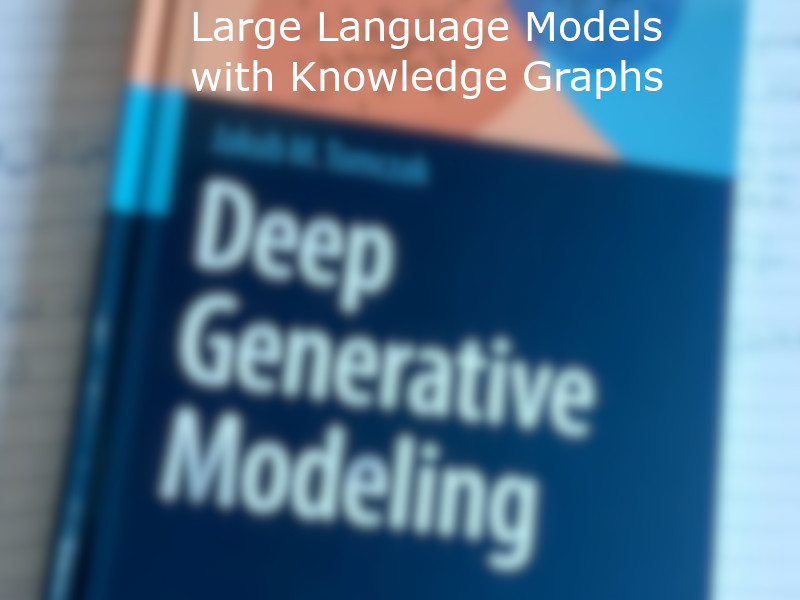Project: Large Language Models with Knowledge Graphs
Description

Project description:
Large
Language Models (LLMs) are well-known for knowledge acquisition from
large-scale corpus and for achieving SOTA performance on many NLP tasks.
However, they can suffer from various issues, such as hallucinations, false
references, made-up facts. On the other hand, Knowledge Graphs (KGs) can store
enormous amounts of facts in a structured and explicit manner. However, unlike
LLMs, formulating KGs is a laborious process, and querying KGs might be
computationally demanding. An interesting research question is then the
following: How to combine KGs and LLMs such that LLMs provide answers based on
facts and do not hallucinate in any way. We will use a well-established KG
(e.g., from biology or chemistry) and focus entirely on the combination of LLMs
and KGs.
In this
thesis: (a) you will study the techniques for combining LLMs and KGs, (b) you
will formulate and code your own LLM+KG, (c) you will design and carry out
evaluations for your LLM+KG.
Literature (examples):
- Singhal et al., “Large language models encode clinical knowledge”, https://www.nature.com/articles/s41586-023-06291-2
- Yang et al., “ChatGPT is not Enough: Enhancing Large Language Models with Knowledge Graphs for Fact-aware Language Modeling”, https://arxiv.org/abs/2306.11489
- Pan et al., “Unifying Large Language Models and Knowledge Graphs: A Roadmap”, https://arxiv.org/abs/2306.08302
- Tomczak, “Deep Generative Modeling”, https://link.springer.com/book/10.1007/978-3-030-93158-2
Prerequisites:
- reading and understanding scientific literature
- very good
coding skills in Python using PyTorch and other ML libraries
- good knowledge of Deep Learning and the basics of Generative AI
- curious
attitude, independence, thinking out-of-the box
Details
- Student
-
JLJasper Linders
- Supervisor
-
 Jakub Tomczak
Jakub Tomczak